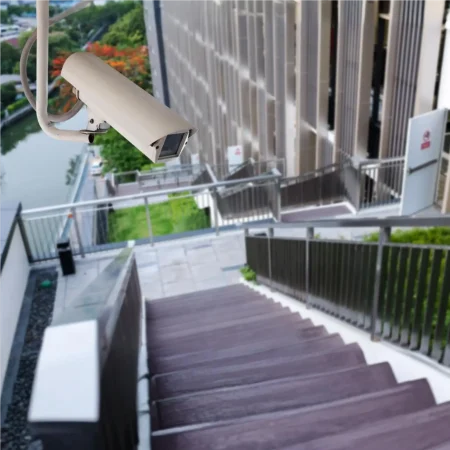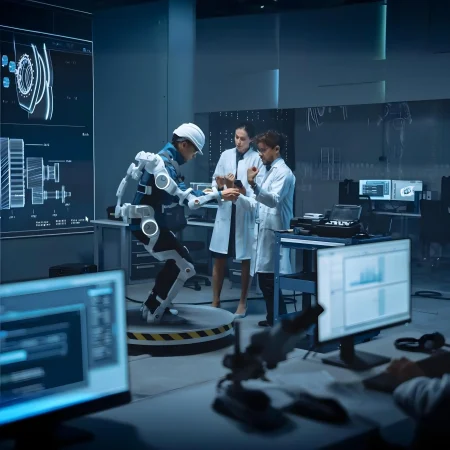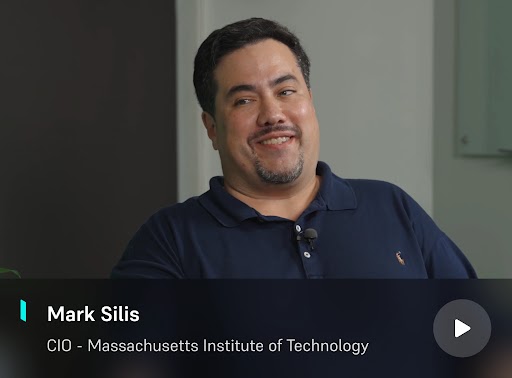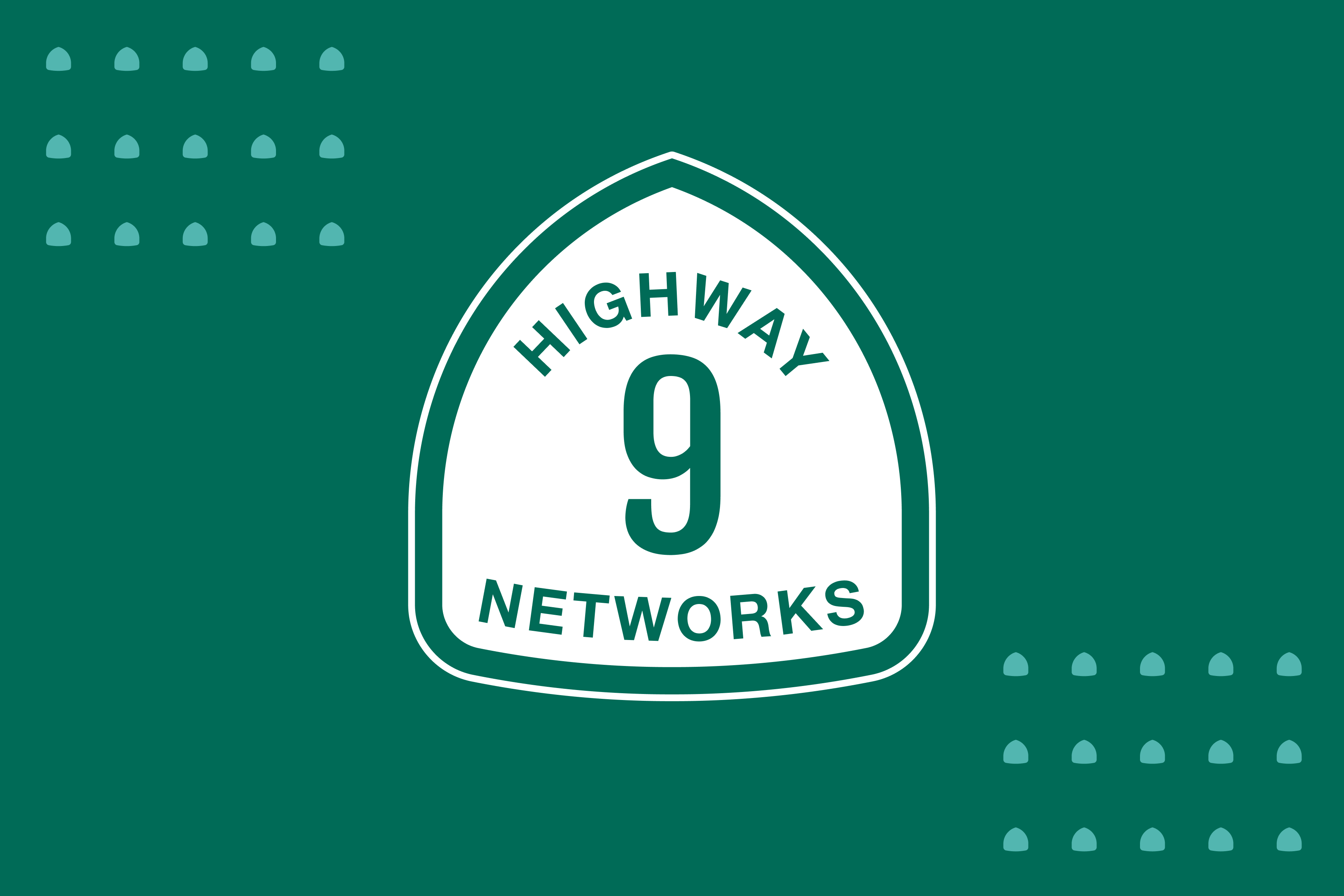Highway 9 Mobile Cloud ensures campus-wide mobility, combining the reach and reliability of private mobile networks with simplified cloud-based operations and enterprise IT integration.
Transform Learning with Campus-Wide Wireless Connectivity
Connectivity Challenges within College Campuses
Within educational campuses, reliable and fast connectivity is no longer a luxury—it’s a necessity. Students, faculty and staff depend on anytime, anywhere access to digital resources, from lecture streaming to cutting-edge research to campus safety. However, many universities are grappling with connectivity challenges that impact learning and operations.
Inconsistent cellular coverage
Public cellular networks fall short, creating dead zones and connectivity gaps between buildings and outdoor spaces.
Long-range outdoor connectivity
Wi-Fi isn't suited for long-range outdoor coverage like for field research, IoT, and events.
Low-latency for critical apps
Low latency connectivity is essential for critical apps, such as real-time research tools, IoT devices, and video apps.
Elevate Campus Connectivity with a Private Mobile Cloud and 5G
Highway 9 offers a private mobile cloud with 5G/LTE integration, connecting to existing Wi-Fi, security and mobile carriers. The solution includes mobile services, a virtualized 5G core, and supports extending mobile voice + data, refreshing DAS, and edge AI connectivity.
Campus-wide cellular coverage
Enable reliable cellular coverage across campus – indoors and outdoors – with private 5G/LTE. Ensure always-on access in lecture halls, labs, and outdoor spaces.
Simple cloud-based operations
Simplify building and operating a campus-wide mobile network with a cloud-based model. Manage radios, scale capacity, and monitor traffic from a single cloud console.
Clean integration with existing campus IT
Seamlessly integrates with enterprise systems like existing firewalls, Azure AD for SSO and MDM for eSIM control. NAC ensures secure device and application onboarding to the mobile network.
Comprehensive control with AI-powered monitoring
Gain full visibility into the mobile network and device statistics, while AI assistants help quickly resolve connectivity and capacity issues.
High-performing and reliable wireless coverage
Support research tools, AI, IoT etc with low-latency, high-bandwidth connectivity. Ensure critical apps run smoothly with dedicated spectrum bands.
Elevate Campus Connectivity with a Private Mobile Cloud and 5G
Highway 9 offers a private mobile cloud with 5G/LTE integration, connecting to existing Wi-Fi, security and mobile carriers. The solution includes mobile services, a virtualized 5G core, and supports extending mobile voice + data, refreshing DAS, and edge AI connectivity.
Campus-wide cellular coverage
Enable reliable cellular coverage across campus – indoors and outdoors – with private 5G/LTE. Ensure always-on access in lecture halls, labs, and outdoor spaces.
Simple cloud-based operations
Simplify building and operating a campus-wide mobile network with a cloud-based model. Manage radios, scale capacity, and monitor traffic from a single cloud console.
Clean integration with existing campus IT
Seamlessly integrates with enterprise systems like existing firewalls, Azure AD for SSO and MDM for eSIM control. NAC ensures secure device and application onboarding to the mobile network.
Comprehensive control with AI-powered monitoring
Gain full visibility into the mobile network and device statistics, while AI assistants help quickly resolve connectivity and capacity issues.
High-performing and reliable wireless coverage
Support research tools, AI, IoT etc with low-latency, high-bandwidth connectivity. Ensure critical apps run smoothly with dedicated spectrum bands.
Top Use Cases in Higher Education
Campus-Wide Cellular
Outdoor Connectivity
Campus Security & Safety
Research & Innovation
Campus-Wide Cellular
Campus-Wide Cellular
Extend carrier coverage for voice, text, data, enhanced 911 services, and wireless emergency alerts across indoor and outdoor environments where coverage is lacking. Cover use cases like:
-
Alternate DAS with MOCN-based neutral host for a cost-effective and scalable solution
-
Uninterrupted access to digital resources wherever they are for faculty and students
-
Wireless emergency alerts where coverage is lacking
-
Solve coverage issues in densely populated buildings or remote spaces

Campus-Wide Cellular
Extend carrier coverage for voice, text, data, enhanced 911 services, and wireless emergency alerts across indoor and outdoor environments where coverage is lacking. Cover use cases like:
- Alternate DAS with MOCN-based neutral host for a cost-effective and scalable solution
- Uninterrupted access to digital resources wherever they are for faculty and students
- Wireless emergency alerts where coverage is lacking
- Solve coverage issues in densely populated buildings or remote spaces

Outdoor Connectivity
Outdoor Connectivity
Outdoor Connectivity that provides expanded range over Wi-Fi coverage for various use cases, like:
- Campus wide IT communications
- Connected agriculture with technologies like IoT
- Monitoring + gathering data from remotely deployed assets.
- Internet access for campus events

Campus Security & Safety
Campus Security & Safety
Mobile cloud with private 5G rapidly delivers additional wireless coverage and capacity across the whole campus enabling improved campus-wide security and safety. Address use cases like:
- Reliable communication for campus security and emergency services
- Deployment of surveillance and safety infrastructure
- High-definition video transmission from campus police vehicles
- Crisis communication and emergency alerts

Research & Innovation
Research & Innovation
Meet research demands pushing campus wireless to the limits in terms of predictable latency and resilience. Private cellular network provides reliable quality of service (QoS) for:
- AI workloads, edge computing, high-definition drone video
- Automated processes in modern research facilities
- Immersive VR/AR learning experiences
- Environmental monitoring using sensors

MIT Partners with Highway 9 for Seamless Connectivity
Resources
Discover blogs, case studies, videos, and upcoming events




